An in depth review and test of the triple barrel Akkar Triple Crown 328
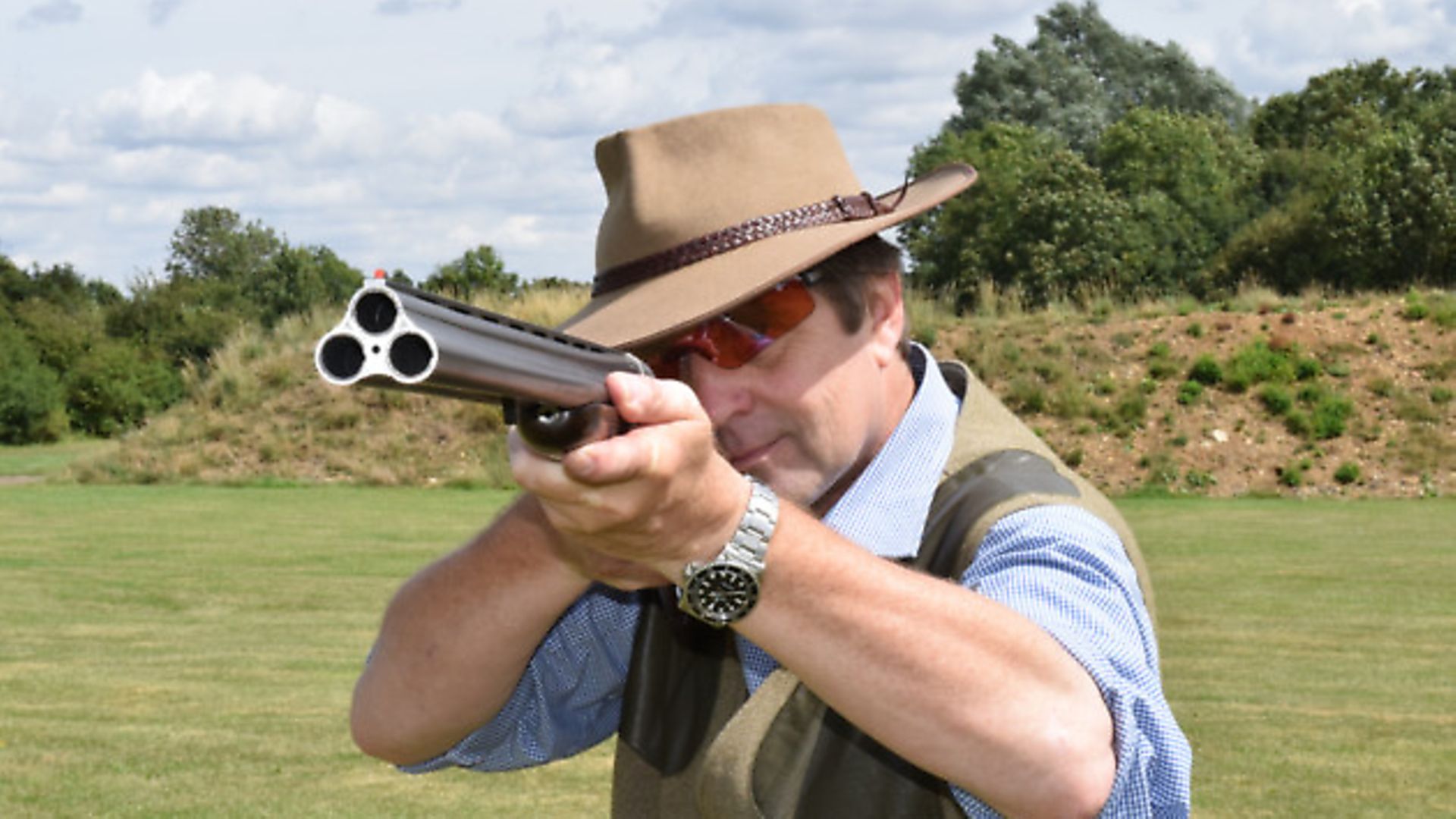 credit: Archant
credit: Archant
Tech spec.
Make: Akkar from Edgar Bros.
Model: Triple Crown 328
Action: trigger plate
Barrels: 28” monobloc
Chokes: multi - 5 supplied
Rib: 6mm game - ventedWeight: 7lbsRRP: £1,885
Supplier: Edgar Bros. +44 (0)1625 613177 Fax:+44 (0)1625 615276 www.edgarbrothers.com
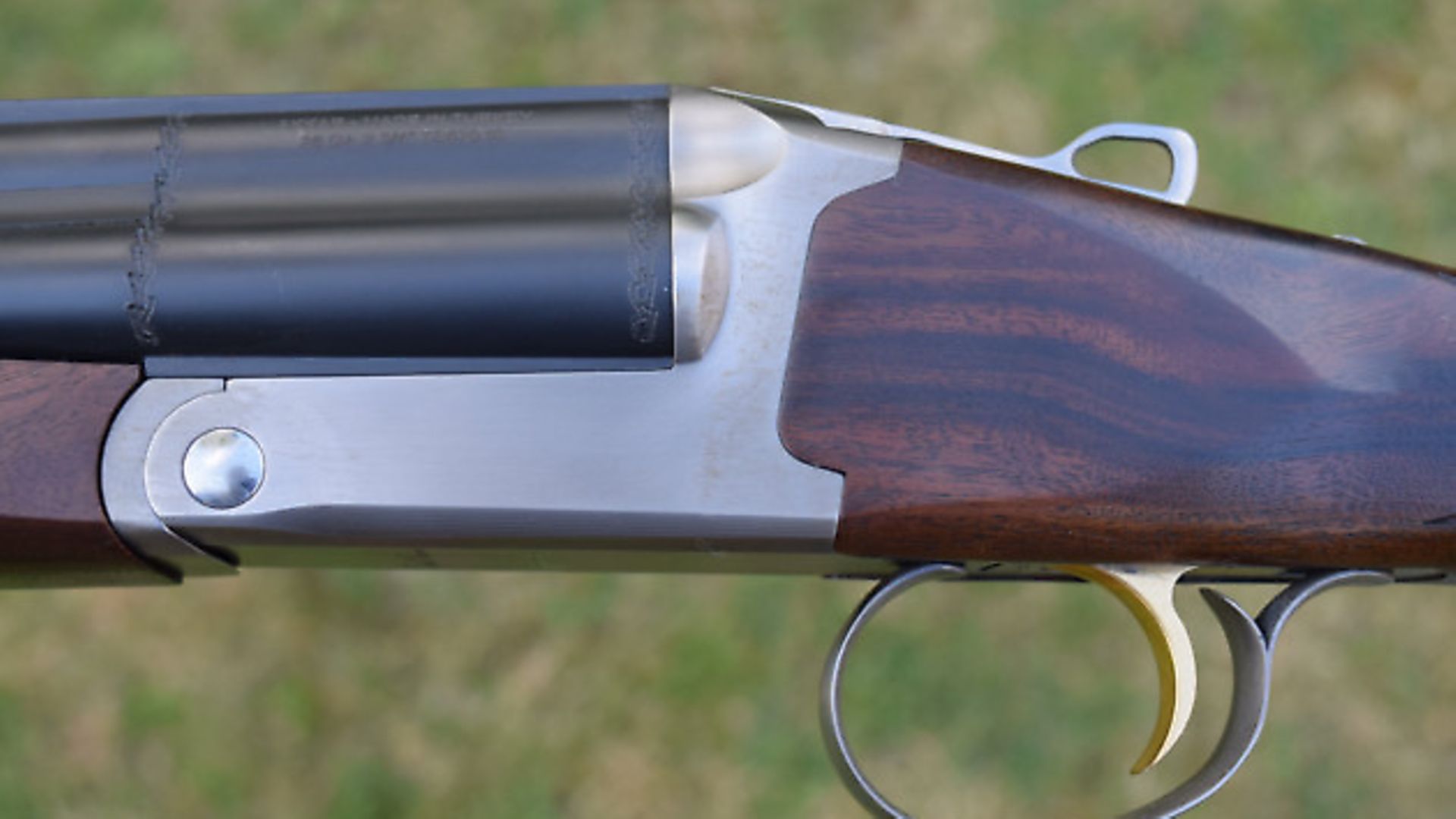 credit: Archant
credit: Archant
We Like
The concept
The quality
The price tag
We don’t like
The first trigger pull
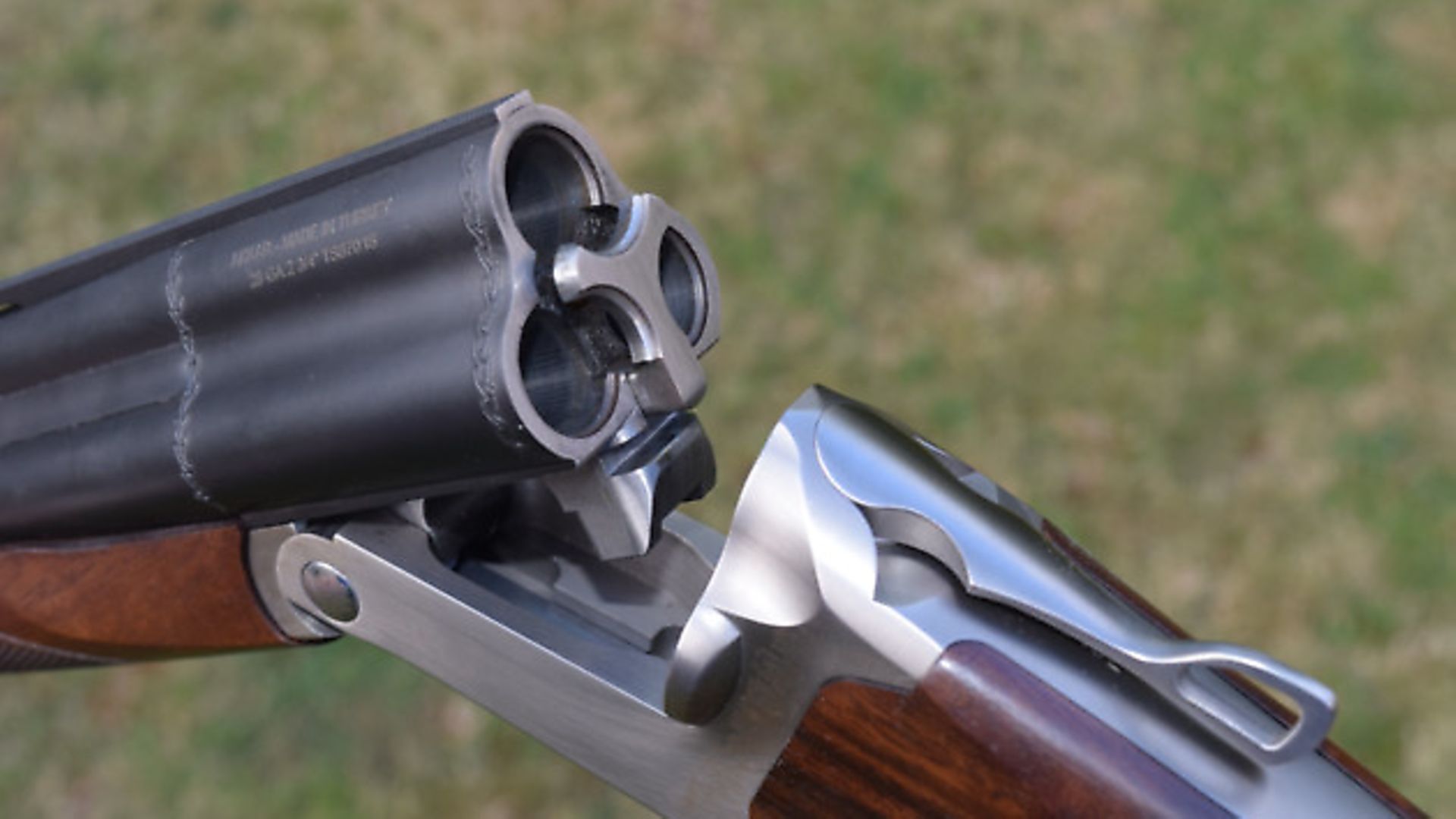 credit: Archant
credit: Archant
The low comb
We’ve something rather novel this month – a three-barrel Akkar 28-bore. I first saw a 12-bore version at IWA (the great trade show in Nuremberg) a few years back. Not much fuss was made of it then, but it surprised me in the ingenuity of its design, the straightforward but apparently good-quality CNC engineering, the high standard of finish, and not least the comparatively reasonable price tag. Made in Istanbul, Turkey, by a relatively new firm, the gun came to the shoulder quite well with 28” tubes, though it felt distinctly front heavy. The all-up weight was over 8½ pounds, with most of it forward of the hinge pin. It wasn’t quite the thing for walking up, but it aroused a lot of interest.
I was delighted, moreover, when Edgar Brothers – who became the British importers – sent me one over for testing. Although I harboured doubts about practicality, closer inspection and shooting revealed few real defects. I even managed to break three following clays with the Akkar 12, once I had adapted to its considerable forward weight. It brought a smile to my face doing so, but took significant muscular effort to keep the big gun swinging (more than the average heavy clay buster). My conclusion was that it was a well-made and shootable piece of kit, but bring on the 20- and 28-bore versions! The design was clearly going to be more useful as a smaller bore.
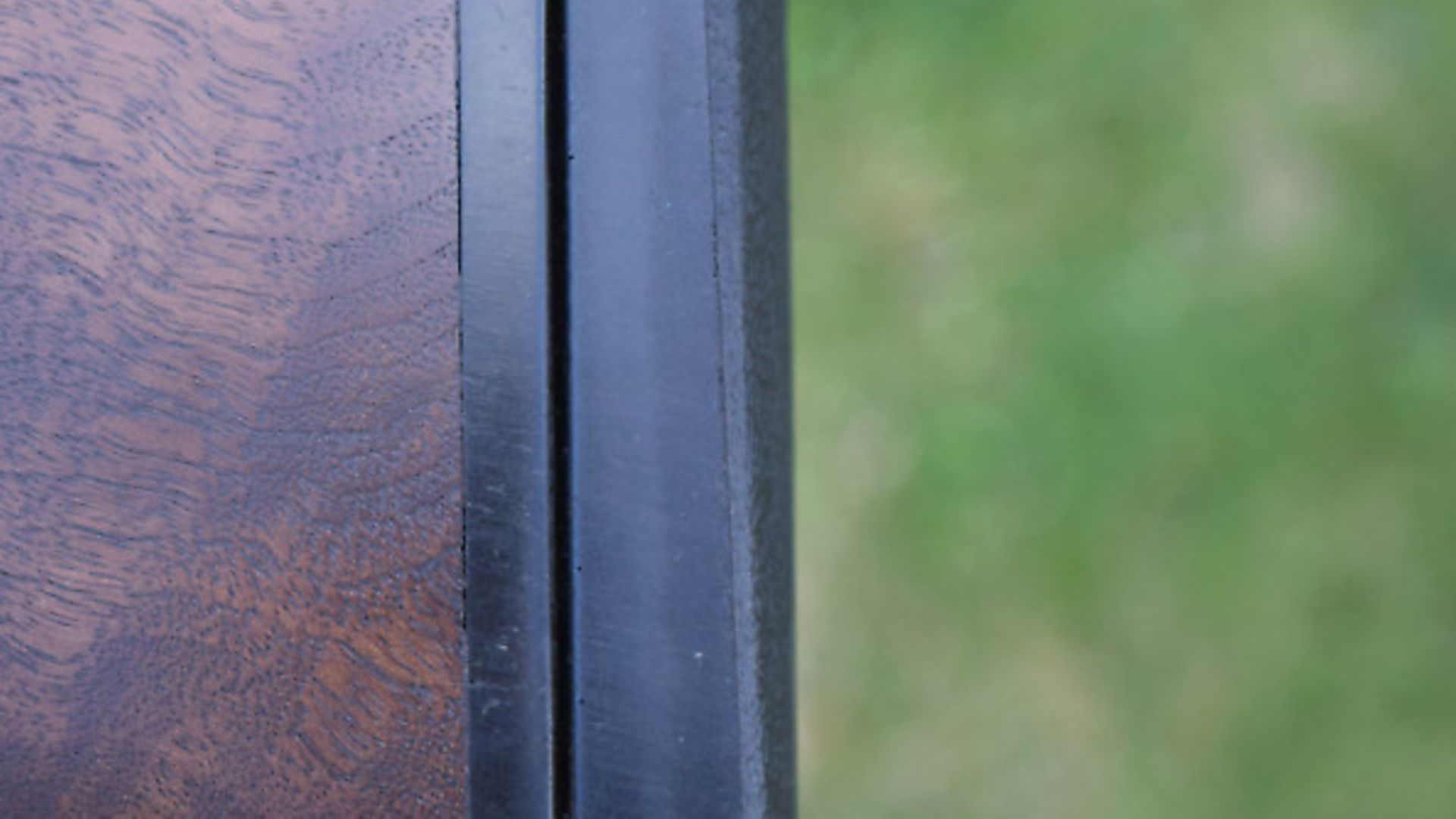 credit: Archant
credit: Archant
Happily, the 28 has now arrived from Edgar Brothers. First impressions are generally very good. The cosmetics remain similar to the 12. The gun, which weighs a perfectly reasonable 7lbs (a lot less than the 12, as might be expected), is well presented but understated, with a plain silver-nitrided receiver and matt barrels (probably bead blasted). Fit and finish impress in all departments, and all the more at the sub £2k price point (RRP £1,885). Behind the notably straight monobloc barrels and oversized standing breach is a skeletonised top lever and a non-automatic safety, which is more positive in action than the average, with a large enough button on the thumbpiece to be easily operated on a cold or wet day. The trigger blade is well proportioned – a classic shape – and gold plated (which does not look over the top here).
The Akkar’s woodwork is pleasing as well, with a nicely round fore-end, a good grip and butt shape, and a black ‘rubber’ recoil pad, which is more than cosmetic. The quality of the wood is better than the European and Japanese norm for basic-grade guns. Chequering – in sensible patterns – has been carried out by laser. Stock length is just under 143/8” with 1/8” more at heel and 3/8” more at toe. This is a little short for me in summer clothes, but will accommodate most people. Drop at heel is also a little low at just over 23/8”. Mr Average in build, I can just lose the bead when I raise the gun to 45 degrees (which could lead to the wrong eye taking over on driven birds and other high shots). The stock has a very slight right-hand palm swell. There is also slight right-hand cast (which brought my eye perfectly in line with the 6mm ventilated rib). The gun has sling swivels, not normally my thing, but could be useful here if you took the gun on the hill. Overall, I liked the fore-end, grip and butt shapes, and the slight issues with dimension could be easily rectified (all I would do is bend it up 3/16”).
Mounting the gun ‘dry’ and proven empty, it was immediately apparent that it is a much handier proposition as a 28-bore than as a 12. I am, moreover, a sucker for this bore size as regular readers will know. Its only real disadvantage these days is the cost of cartridges (which is considerable). Ballistically, I find the 28-bore almost up to a 12 and the effective equal of the 20, with the right shell. I once spent a couple of seasons using a 28 exclusively for game shooting, and did not feel disadvantaged; although one must recognise their limitations, small-bore guns can increase enjoyment and improve sport when average birds are presented.
History and technical
The action, a model of simplicity and good engineering practice, is a variant of the trigger-plate type. Sears hang from the top strap. There is a single cocking rod going down the centre of the action, with barrels pivoting on the usual stud pins with lumps under the barrels and a Browning-style bolting arrangement. A single extractor accommodates all three barrels. Barrels are arranged in pyramidal form, like an Edwinson Green. The trigger mechanism is mechanical – especially useful in a 28-bore game gun – and the firing order is right, left, top. The gun has Remington-type concealed multi-chokes. The Akkar is a non-ejector – less of a disadvantage in a triple than a double gun.
Multi-barrelled guns have always fascinated me and there have been a surprising number. Dickson famously made a side-by-side-by-side, and I have shot a modern one in 20-bore. Boss and Edwinson Green have also made them (the latter supplying barrelled actions to others, including HA Thorn – better known as Charles Lancaster – who is well known for a four-barrel action used mainly in pistols). German and Austrian gunmakers have long produced ‘drillings’ and, more rarely, ‘vierlings’ (corresponding to the German for three ‘drei’ and four ‘vier’, respectively). Nock once made a seven-barrel rifle. Modern artisans such as Peter Hoffer and Johann Fanzoj have made – and continue to make – some truly extraordinary guns for rich collectors, and the price tags might well exceed a Purdey’s. They are all as mechanically ingenious as they are elaborately decorated. The genius of this little gun, though, is its simplicity.
Shooting Impressions
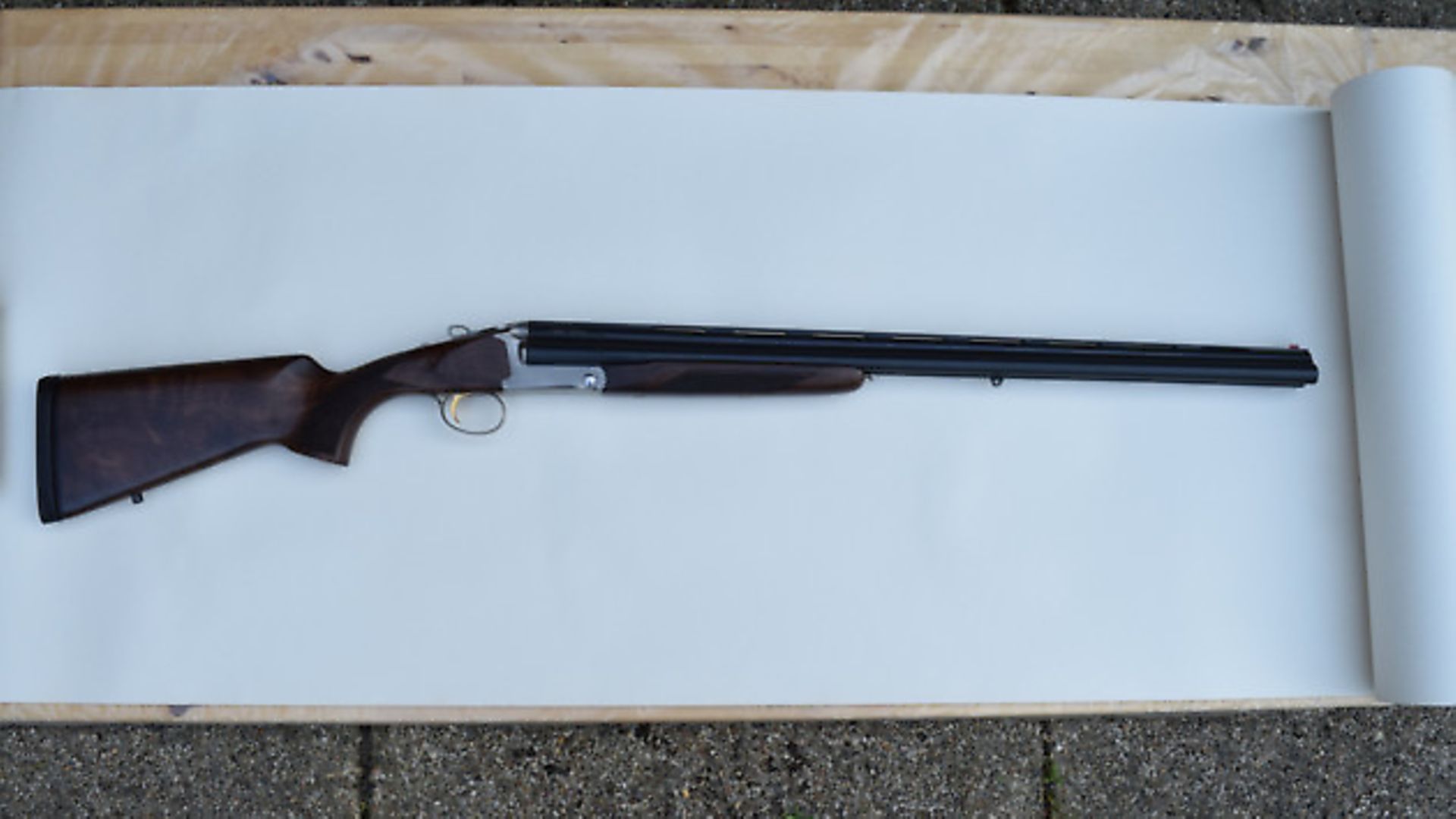 credit: Archant
credit: Archant
It’s always fun to shoot something different. The Triple Crown did not disappoint and drew a lot of friendly attention on the layouts, as might be anticipated. The gun is easier to shoot than its 12 bore big sister. It is still a bit front heavy (it would balance out better with an ounce or two of lead in the butt). Recoil was lighter than average, even with one ounce (28g) loads. I liked the rib; it would be hard to improve on the stock shapes (though comb was a bit low, as noted). The only issue was that the trigger pulls, although quite crisp, were a bit heavy (especially the first). The bottom line? I, nevertheless, loved shooting it and managed triple after triple! The only thing that got me was the tower, until I realised the low comb was causing the wrong eye to take over. I would be seriously interested to own an Akkar 328 just for the fun of it. It’s a lot of gun-making for the money. It might be noted that there are quite a few models on offer – a 3” 12, a 3.5” 12 (for optimists) and a 20. I would still go with this one. It would be interesting to try it with 30” barrels too (not yet an option). The gun shows just how far Turkish gun-making has come… It’s great!
My thanks to Lyalvale Express for supplying the cartridges used in this test, and to Edgar Brothers.